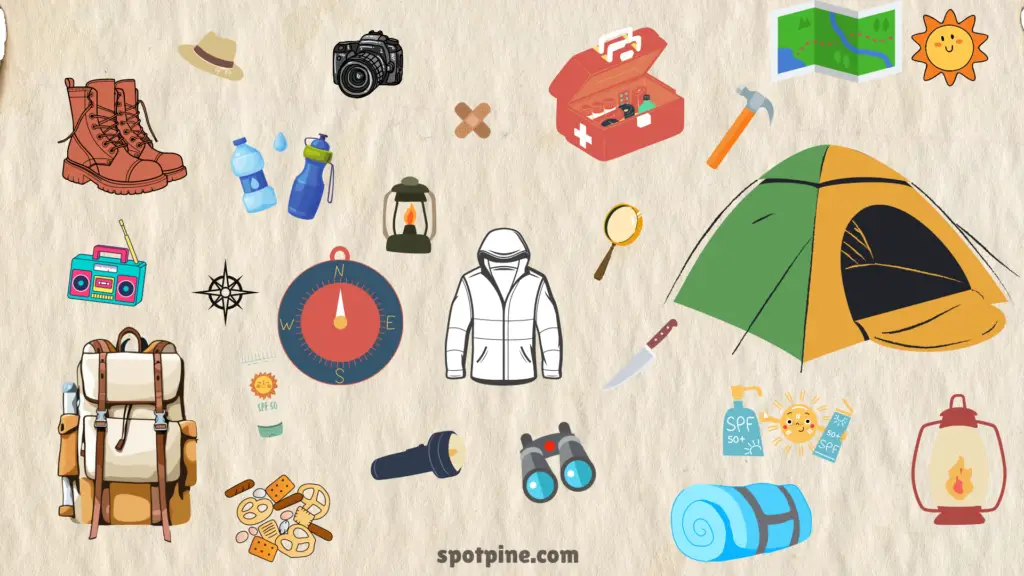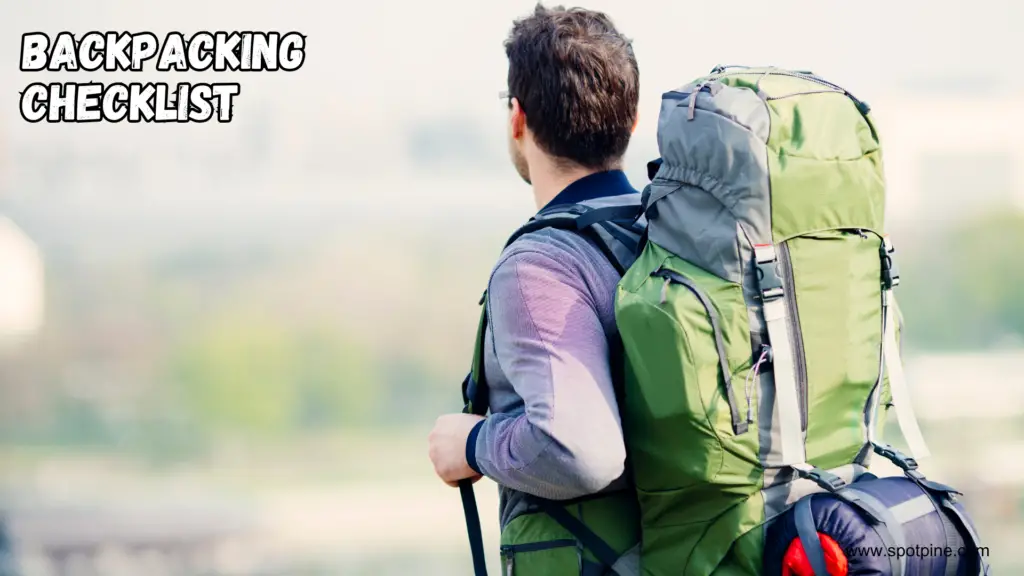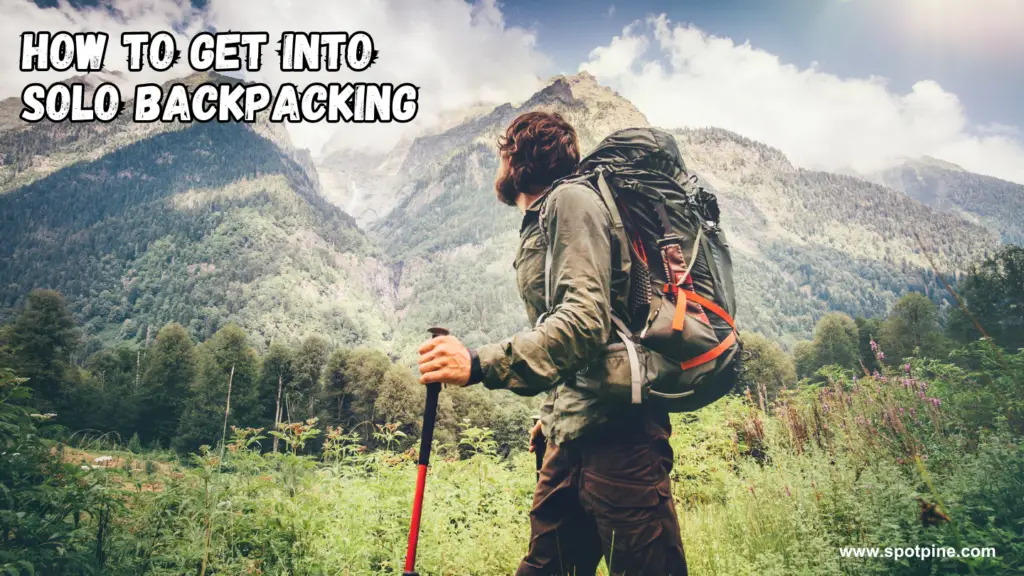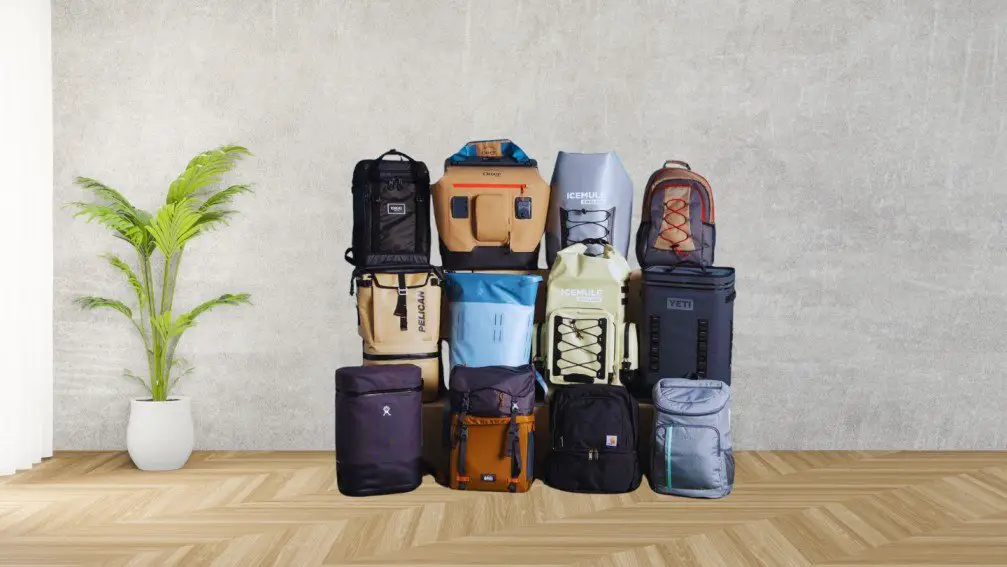Are you planning a backpacking trip? It’s important to be prepared and have a checklist of all the essentials you’ll need.
As a backpacker, it’s important to be prepared with a comprehensive checklist of all the essentials you’ll need for your trip. A well-planned and well-packed trip can make a world of difference to your backpacking experience. To get started, here’s a list of gear you’ll need to bring:
Backpacking Gear
| Backpack | – Choose a size and style suitable for your trip |
| Tent | – Choose a lightweight and weather-appropriate option |
| Sleeping bag and pad | – Choose options suitable for weather and comfort level |
| Cooking stove and fuel | – Choose a lightweight and efficient stove with enough fuel for your trip |
| Cookware and utensils | – Choose lightweight and durable options |
| Headlamp or flashlight | – Choose one with adequate brightness and battery life |
| Multi-purpose tool or knife | – Choose one with all the necessary functions |
| Water filter or purification tablets | – Choose options suitable for your water sources |
| Map and compass or GPS | – Choose tools suitable for your trip and level of expertise |
| First aid kit | – Include essential items for injuries, illnesses, and emergencies |
| Emergency shelter | – Choose lightweight and durable options such as a tarp or bivy sack |
| Bear canister or bear bag | – Choose options required by the area you’re backpacking in |
In addition to gear, you’ll also need to bring appropriate clothing. Some items to consider include: – Moisture-wicking base layers – Insulating layers – Waterproof and breathable rain jacket and pants – Hiking boots or shoes – Non-cotton hiking socks – Sun hat or beanie – Gloves or mittens – Gaiters for snow or mud Food and water are also essential items to pack for your backpacking trip. Consider bringing: – High-energy snacks such as trail mix or energy bars – Dehydrated or freeze-dried meals – Water bottles or hydration system – Water filter or purification tablets – Bear canister or bear bag for food storage.
Clothing
- Moisture-wicking base layers
- Insulating layers
- Waterproof and breathable rain jacket and pants
- Hiking boots or shoes
- Non-cotton hiking socks
- Sun hat or beanie
- Gloves or mittens
- Gaiters for snow or mud
Food and Water
- High-energy snacks such as trail mix or energy bars
- Dehydrated or freeze-dried meals
- Water bottles or hydration system
- Water filter or purification tablets
- Bear canister or bear bag for food storage
Miscellaneous
- Sunscreen and insect repellent
- Toiletries such as toilet paper, hand sanitizer, and wet wipes
- Camera and batteries
- Extra batteries or battery pack for electronics
- Repair kit for gear such as tent poles, stove, or sleep pad
- Cash and identification
- Permits or reservations for camping or hiking areas
Remember to always check the weather conditions and requirements of the camping or hiking area before packing. Pack only what you need and follow Leave No Trace principles to minimize your impact on the environment. With this checklist, you’ll be well-prepared for your next backpacking adventure.

Finally, don’t forget miscellaneous items that can make your trip more comfortable or convenient. Some examples include: – Sunscreen and insect repellent – Toiletries such as toilet paper, hand sanitizer, and wet wipes – Camera and batteries – Extra batteries or battery pack for electronics – Repair kit for gear such as tent poles, stove, or sleep pad – Cash and identification – Permits or reservations for camping or hiking areas Remember to always check the weather conditions and requirements of the camping or hiking area before packing. Pack only what you need and follow Leave No Trace principles to minimize your impact on the environment. With this checklist, you’ll be well-prepared for your next backpacking adventure.



